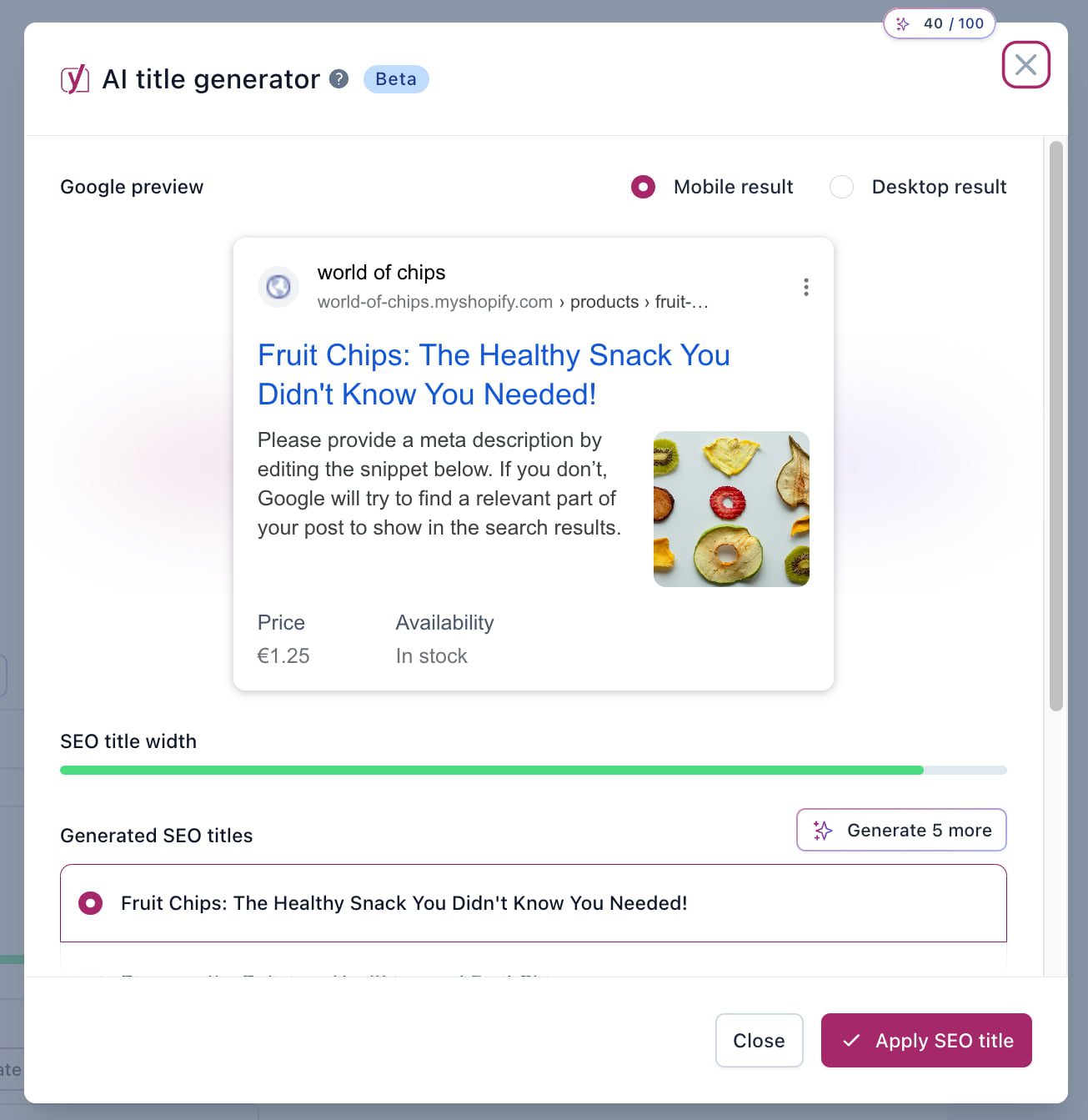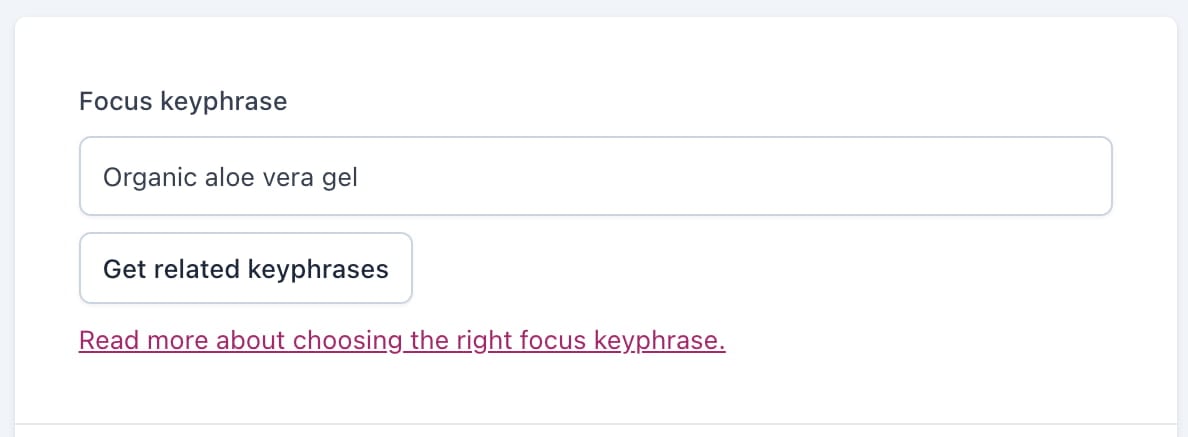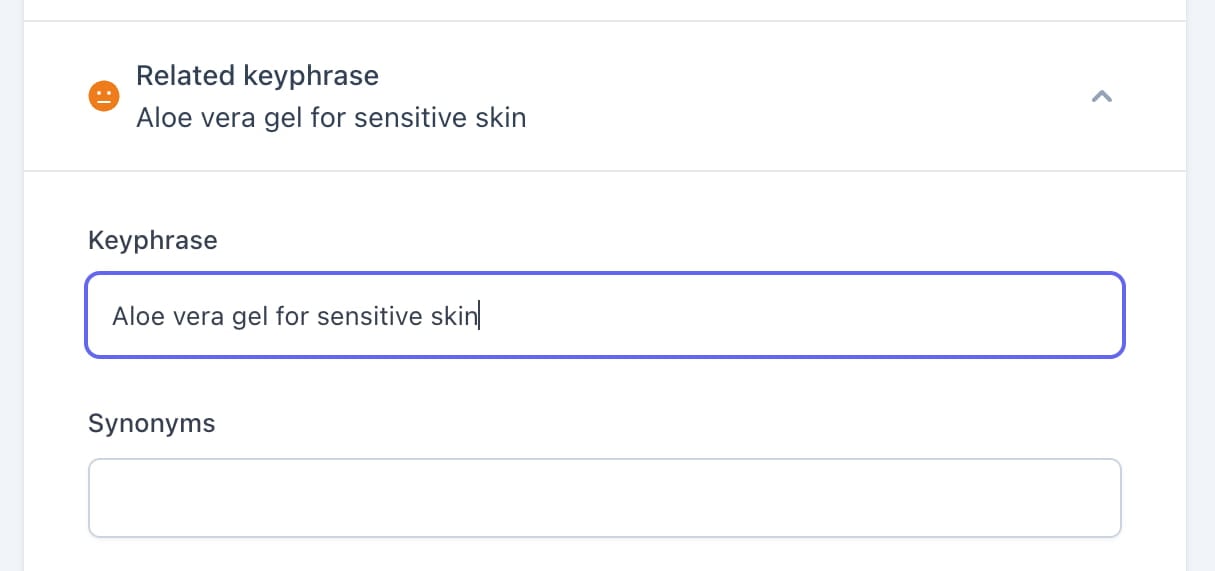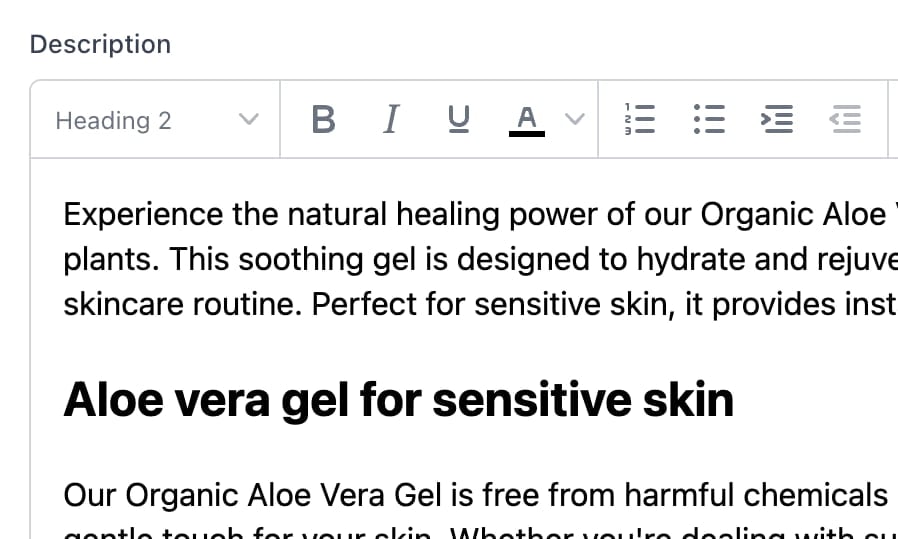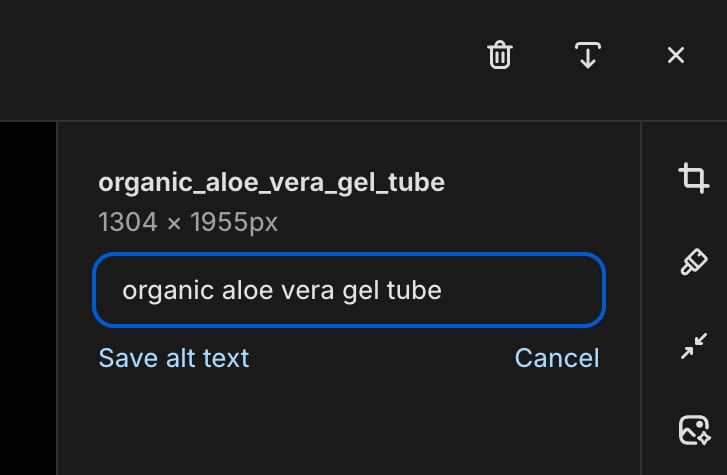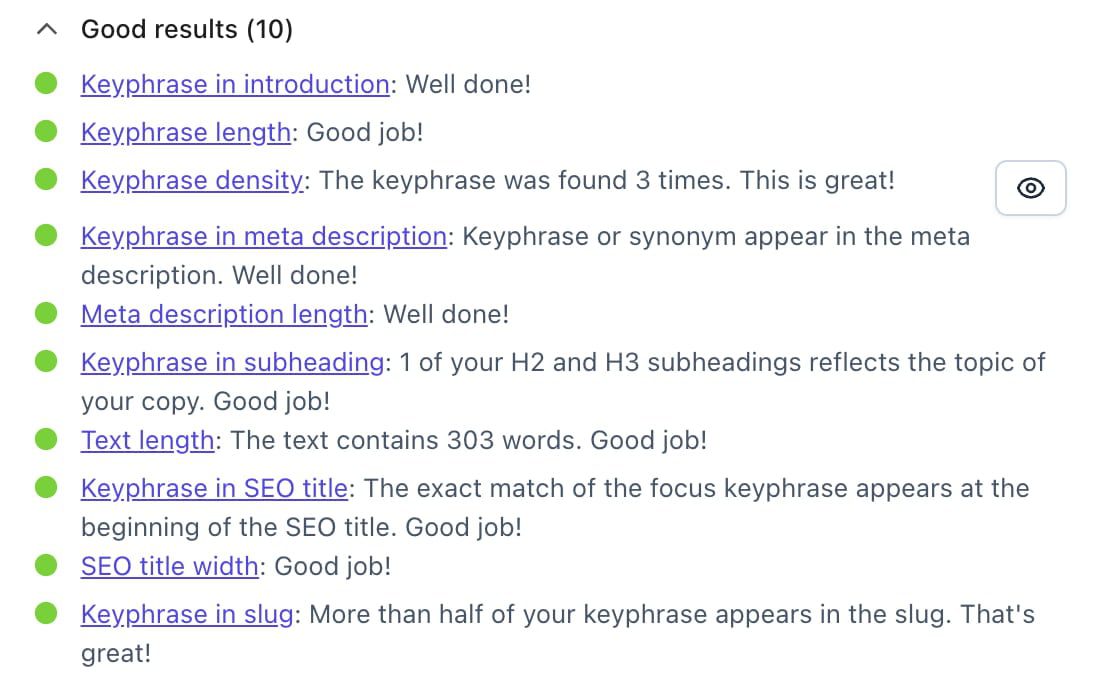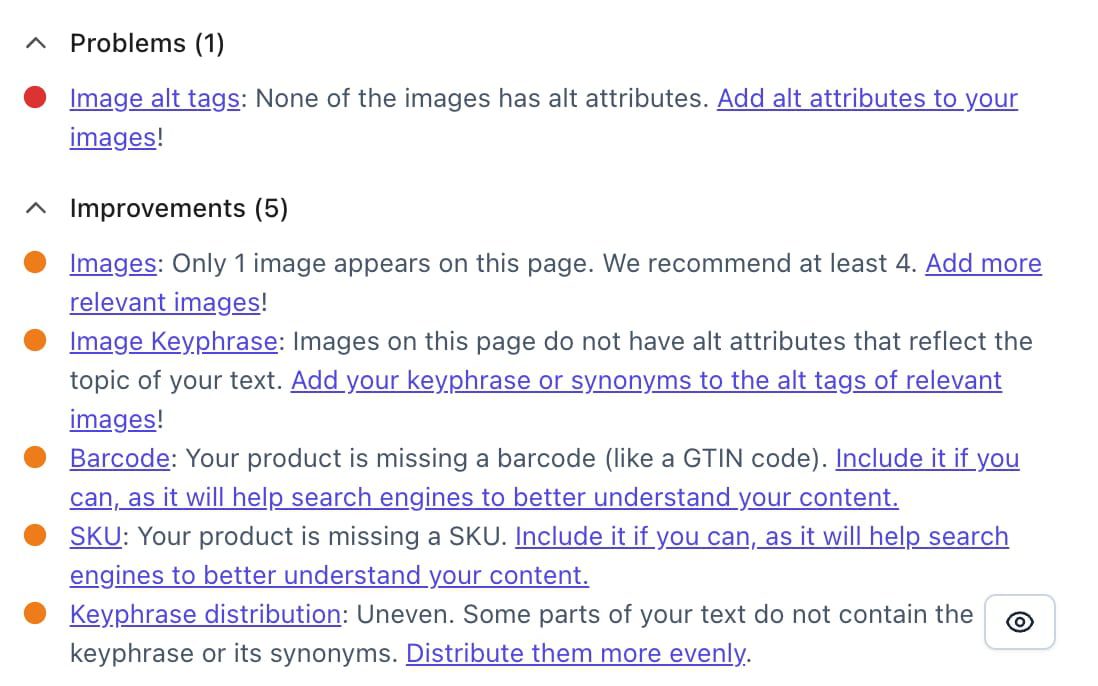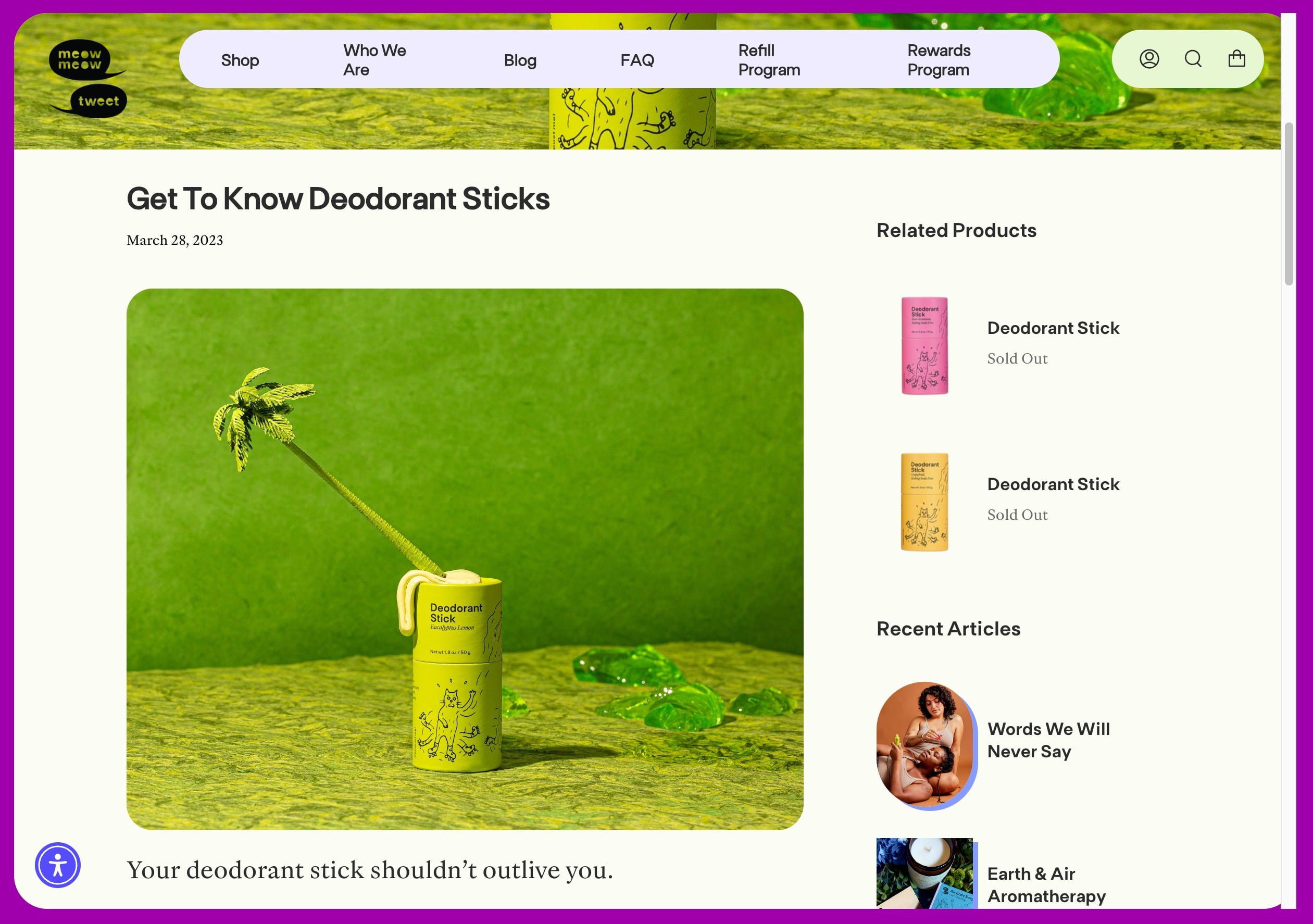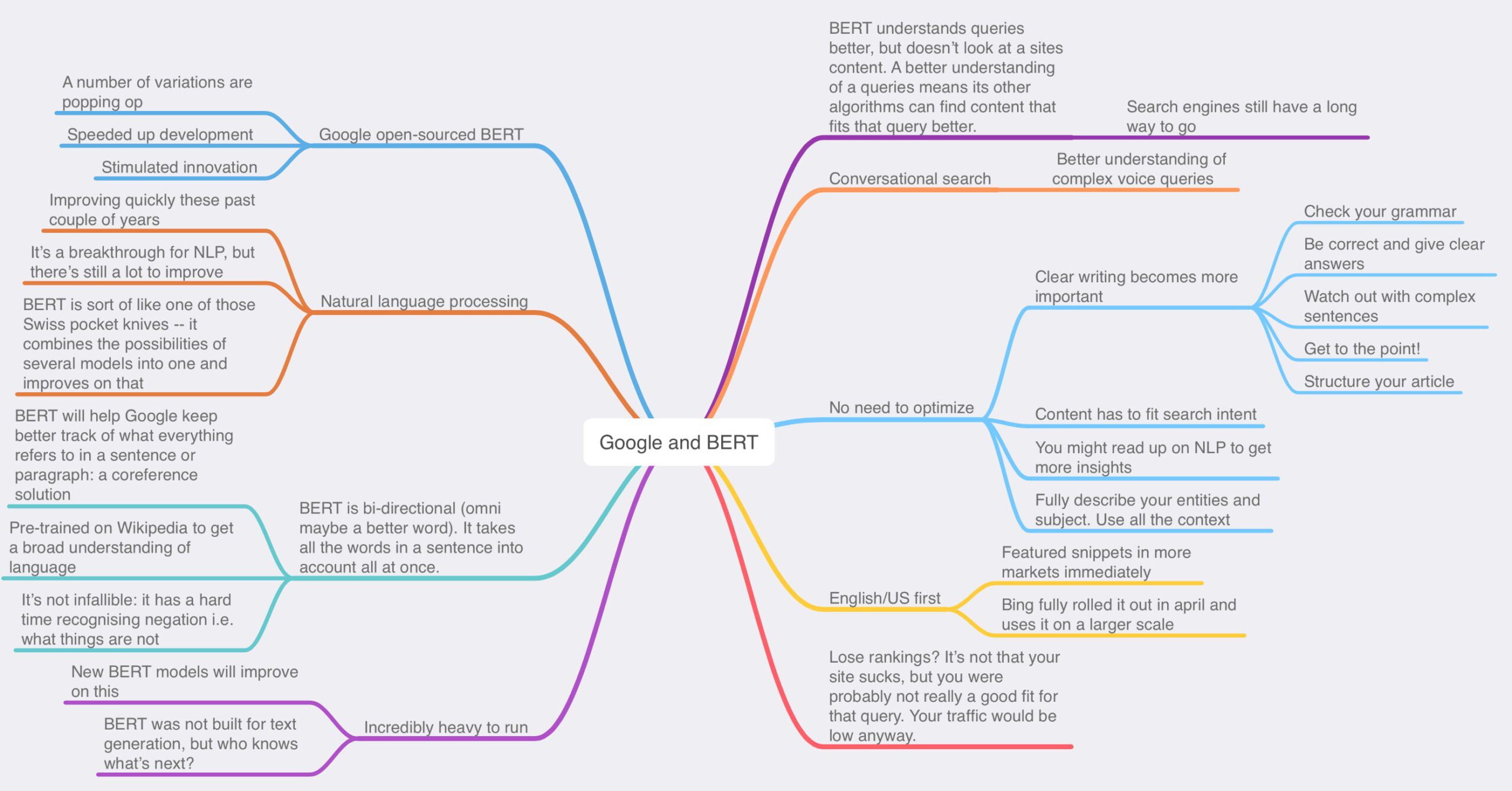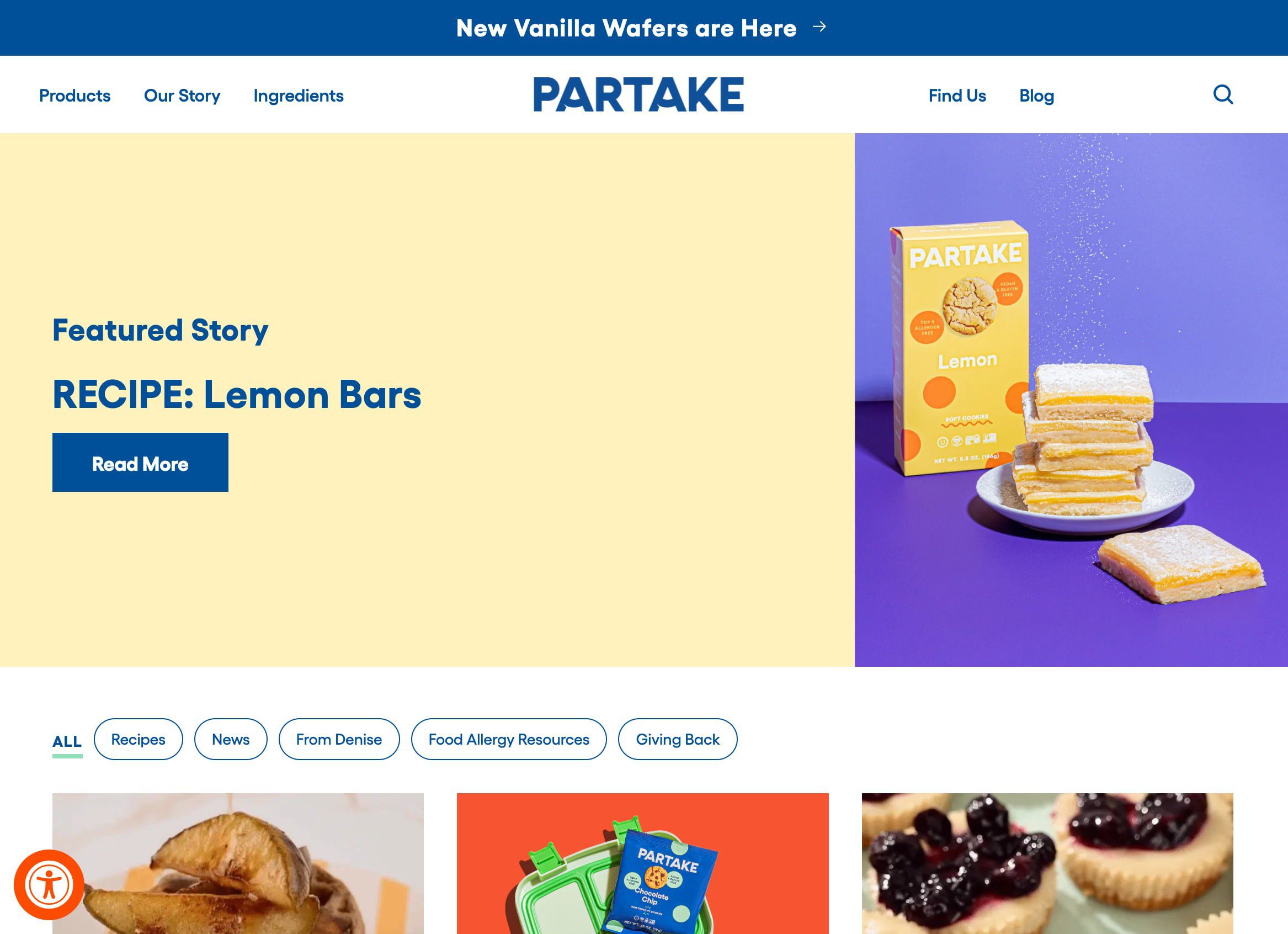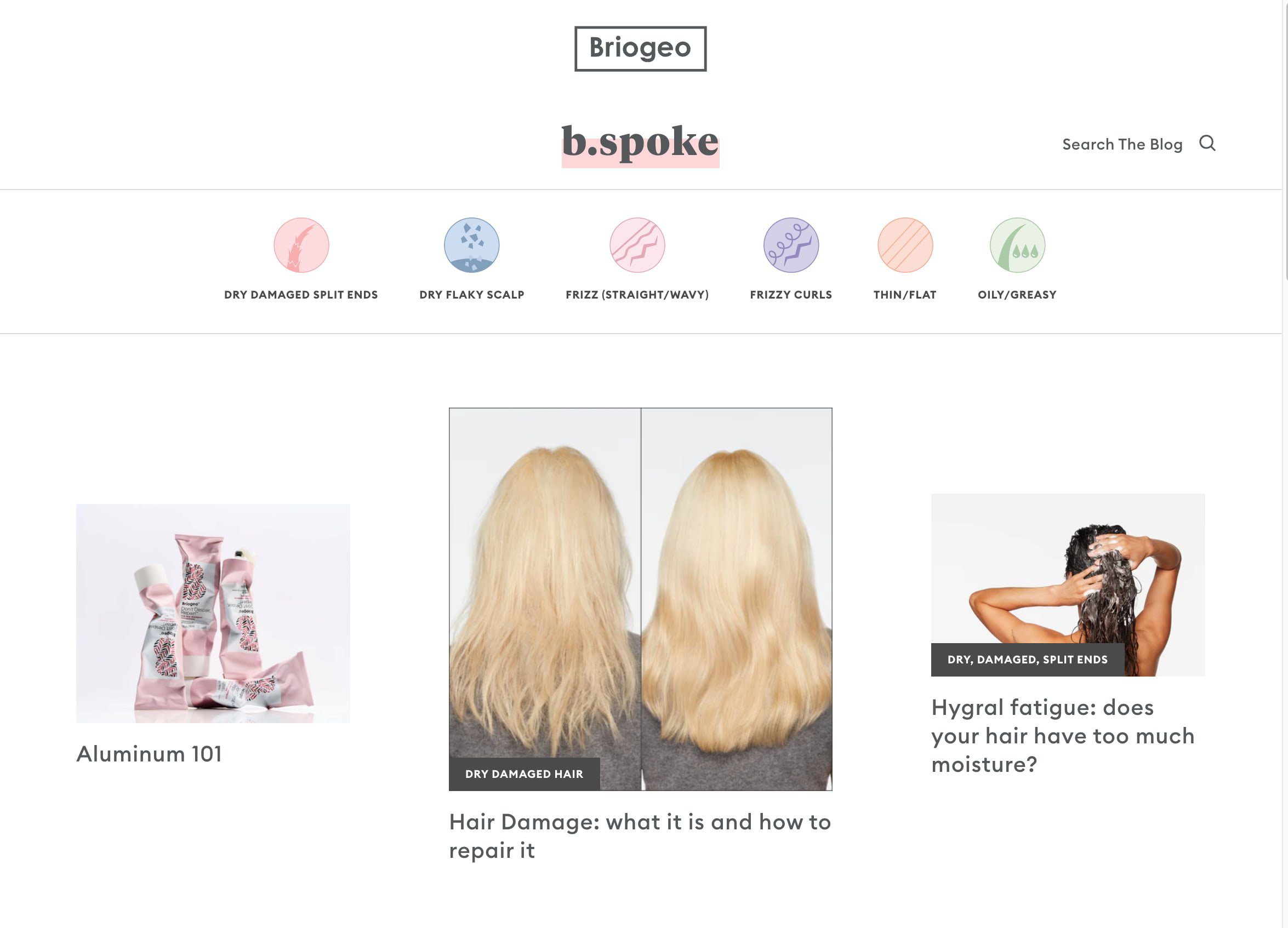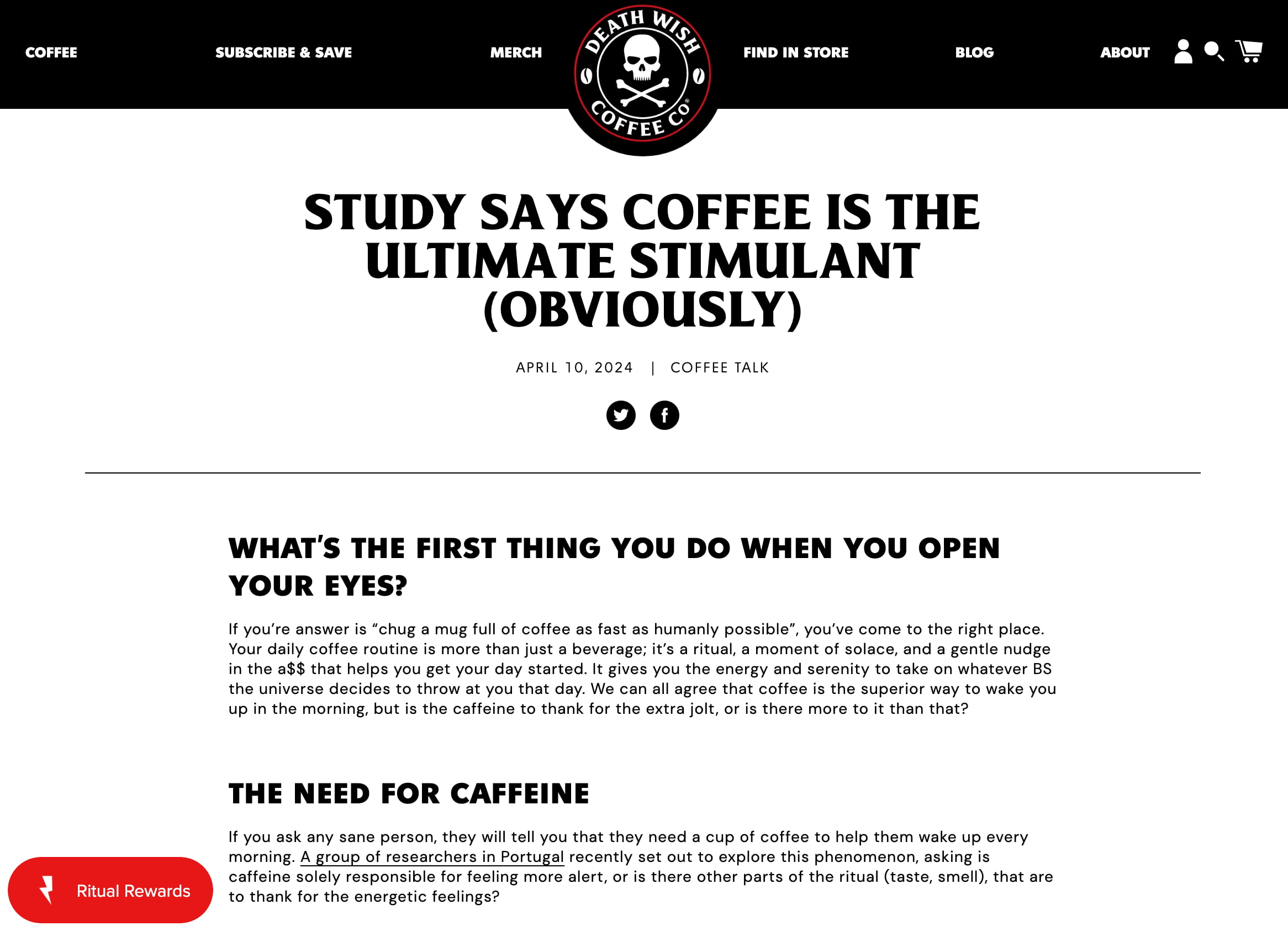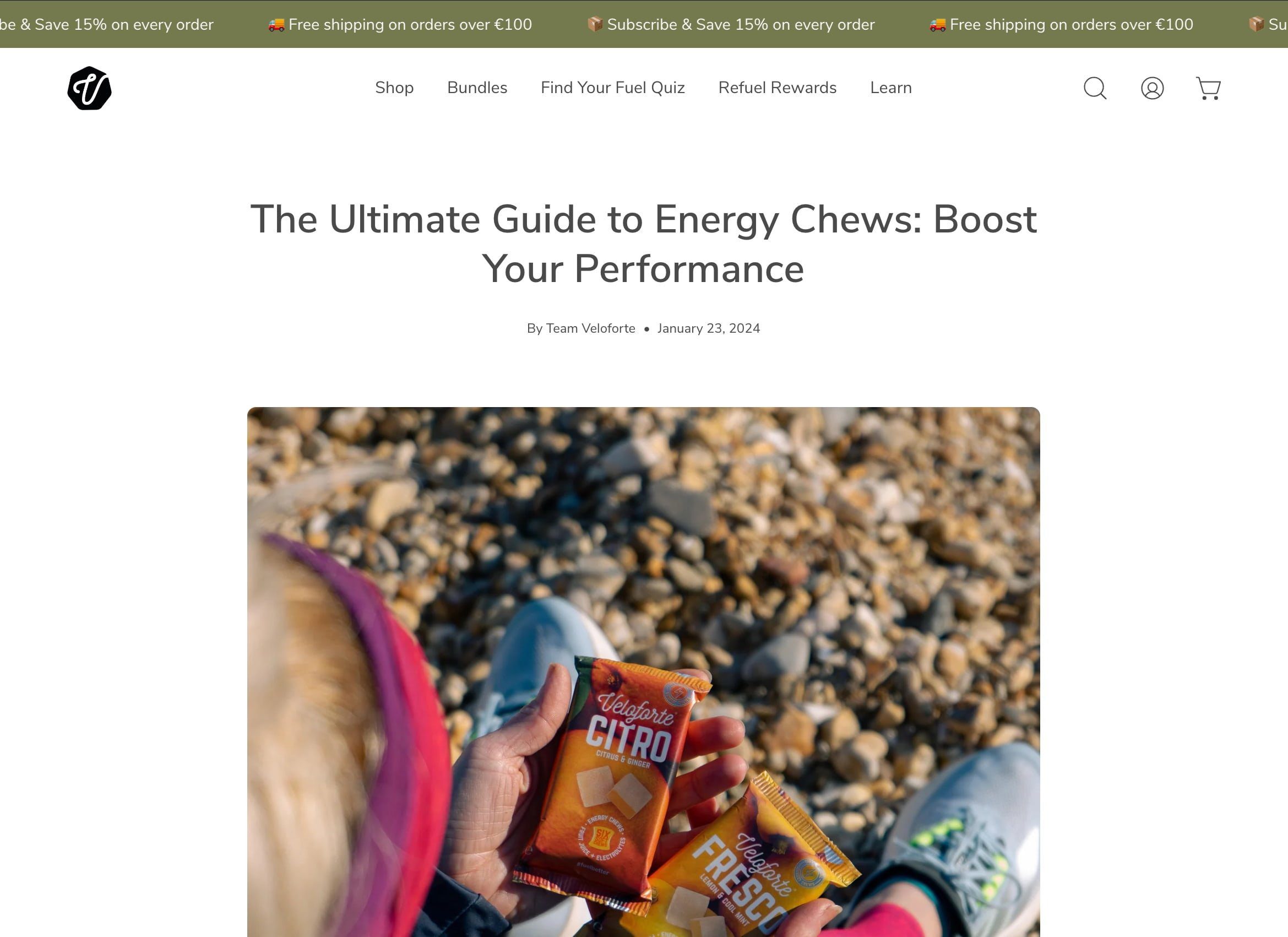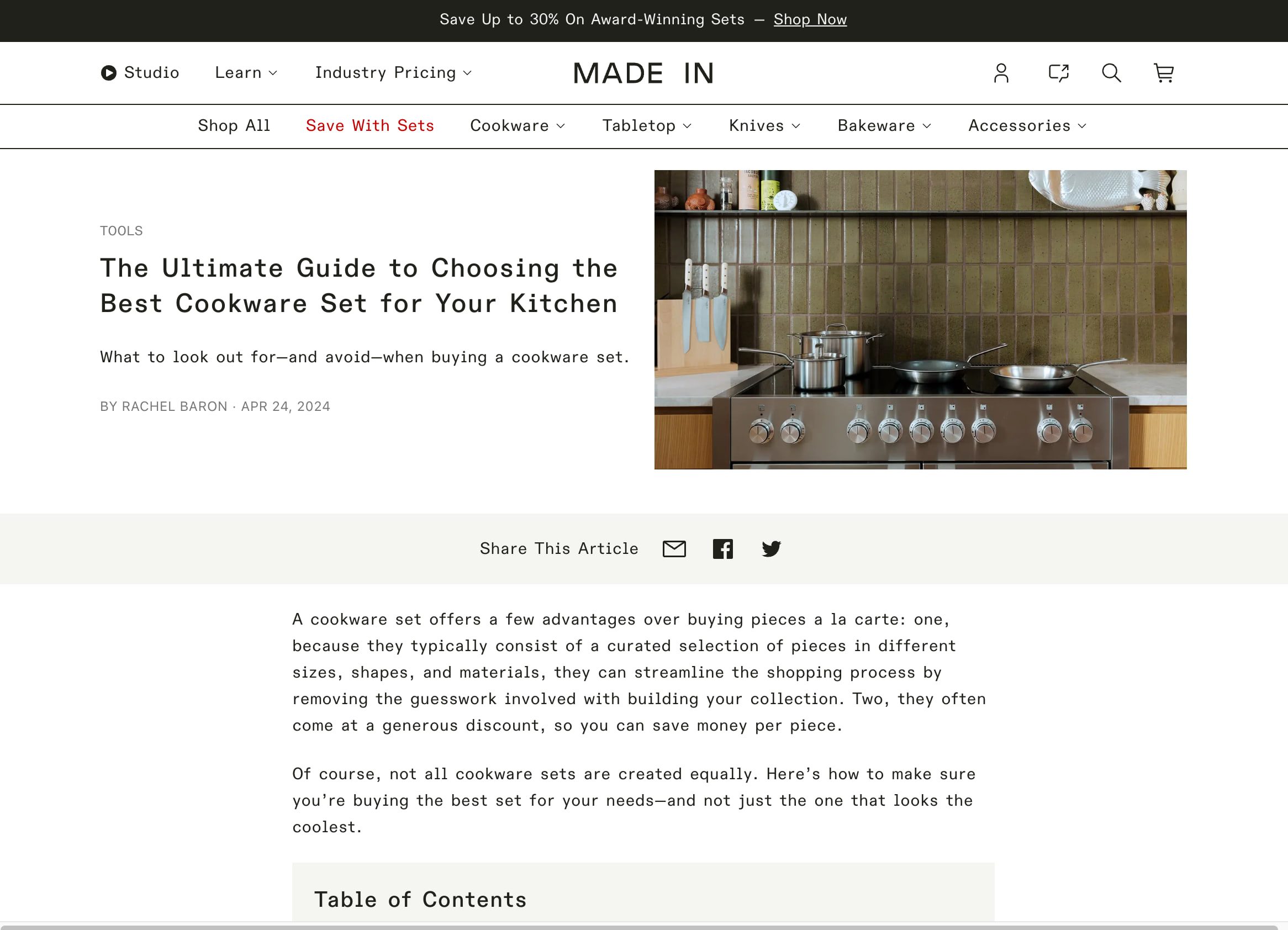Learn why Yoast SEO for Shopify will boost your results
Our mission at Yoast is ‘SEO for everyone,’ and we believe that Shopify merchants can benefit greatly from SEO. That’s why we built an app that helps you attract more people to your online store: Yoast SEO for Shopify. This app stands out from the crowd because we built it with a team with many, many years of experience in SEO. But how does it attract more people to your store? And what can you do with it? Here, we’ll explain why Yoast SEO for Shopify is the best solution for your online store!
First, a note about SEO
Making your online store a success takes a lot of work. No magic bullet will bring you loads of customers without you having to do anything — and you should not trust those claiming that. We sometimes call SEO “Seriously Effortful Optimization.” Holistic SEO takes time and effort; it’s as simple as that.
Tools like Yoast SEO for Shopify make turning your store into a success story significantly easier, but it still requires sweat and tears. You need to write and improve your product content and continually track whether what you are doing works. If it doesn’t, you should adjust course and try again.
Over time, Shopify merchants like you get to know the tools, the content, and your audience and understand what works and what doesn’t — experience will help you in your commercial journey.
No single app can guarantee instant top rankings and ecommerce success. Instead, it acts as a valuable resource to guide your efforts. Engaging thorough keyword research, optimizing product descriptions, improving site user experience, and building quality backlinks are all essential tasks that improve visibility.
That being said, we built Yoast SEO for Shopify as a helpful guide — a personal SEO assistant, if you will — to help you reach your goals.
Here’s what you can expect when you install Yoast SEO for Shopify.
We are SEO experts
For almost 15 years, Yoast has been building products that help people with WordPress websites with their SEO. With over 13 million active installs and websites ranging in size from the bakery around the corner to some of the most popular, hugest sites on the planet, we’re not afraid to call Yoast SEO the #1 SEO plugin for WordPress.
You might wonder what this has to do with you as a Shopify merchant. Well, we’ve built our Shopify app using all the learnings and SEO expertise we’ve acquired over the years — which is a lot!
This experience resulted in an app that handles much of the technical SEO stuff for you. For example, the latest best practice for meta robots directives, product structured data, correctly setting indexing controls on paginated states, and all of the nuances of how various open graph and SEO settings work together.
What does all of this mean? The takeaway is that these settings are important in how high you end up in the search results. We also have close contact with Google and collaborate with them regularly. This makes it easy for us to stay updated on the latest SEO developments. This helps us constantly improve our app to ensure you stay on top of the latest changes in SEO.
We’re building innovative Shopify AI features
Like our WordPress plugin, Yoast SEO for Shopify has amazing AI features. We’re starting with our award-nominated feature Yoast AI Generate feature to help you quickly generate titles and meta descriptions. Later, we’ll also bring other features to Shopify.
Yoast AI Generate is easy to use and greatly enhances your Shopify SEO work. By clicking the ‘Use AI’ button, the tool will generate five titles or meta descriptions based on the content you are working on. Pick the one you like and save your work. If you are not happy with the options, simply generate five more. Of course, you can always tweak them before applying them. Here’s a guide on how to use the Generate AI feature in Yoast SEO for Shopify.
This is just the start of using the power of generative AI to help you improve your Shopify store!
We make it easier to modify Shopify themes
When you install an SEO app, it needs to change your online store and theme. Don’t worry, this is normal. Depending on the other apps that you’re running, some other modifications will already have been made to your theme files.
Unfortunately, many of the new apps you install will apply their changes to what’s already there. That’s why ecommerce stores often end up with mismatched, malformed, and missing bits of (SEO) code, especially if you’ve historically used multiple apps.
The Yoast SEO for Shopify app is smart. It conditionally removes potentially conflicting code and cleanly outputs its own rather than forcing it on top of what’s already there. The app also helps you clean up your store when you delete it, should you choose to do that.
Our structured data is comprehensive
Structured data helps Google and other search engines better understand your pages, benefiting your rankings. Our structured data approach does a great job of connecting and describing products and pages. We don’t output ‘bits and pieces’ of structured data. We tie the structured data together and output it in a way that minimizes conflict and overlap. Of course, you can decide which pieces you want to turn on or off.
Our developer documentation has more technical insights into our Schema structured data implementation.
We support Shopify review apps
Structured data also allows your customers’ ratings to appear in the search results. This is essential when you have an online store. It shows other (potential) customers that you are trustworthy and will increase their chances of visiting your website. That’s why we support many review apps on Shopify.
We handle the structured data for your ratings and reviews to make those ratings appear in the search results. We currently support several review apps, including some of the most popular ones in the Shopify App Store, like Judge.me, Look, Ali Reviews, and Opinew.

Yoast SEO offers much control
With Yoast SEO for Shopify, you decide how your titles and meta descriptions are set up per content type. This allows you to consistently show your titles and meta descriptions in the search results. We integrate directly into Shopify to give you control per post, page, or product on an individual level. Our app gives you this page-level control, allowing you to make these changes per page or product you’re working on.
We help you create high-quality content
Content is a key element in SEO. Google uses any chance they get to remind the SEO world of the importance of high-quality content. To start and keep ranking, you need to keep producing great content. Content that’s easy to understand for site visitors and search engines. That’s why readability is important when creating content for your product pages and blog posts. Writing high-quality blog posts and creating great product descriptions should always be a priority.
It’s important to conduct keyword research for your online store and keep up that flow of fresh content. The right content helps search engines like Google understand what your website is about, which helps them direct the right audience to your pages. Perhaps even more important, it strengthens the relationship with your audience when you provide them with high-quality content. Yoast SEO for Shopify is the SEO solution that gives you direct feedback on the content you’re writing to help you improve it for site visitors and search engines.
To help you discover high-quality keywords to rank for, we’ve built an integration with the leading online marketing platform Semrush. Our content dashboard will show you which articles and product pages need optimization so you will always know what to do next.
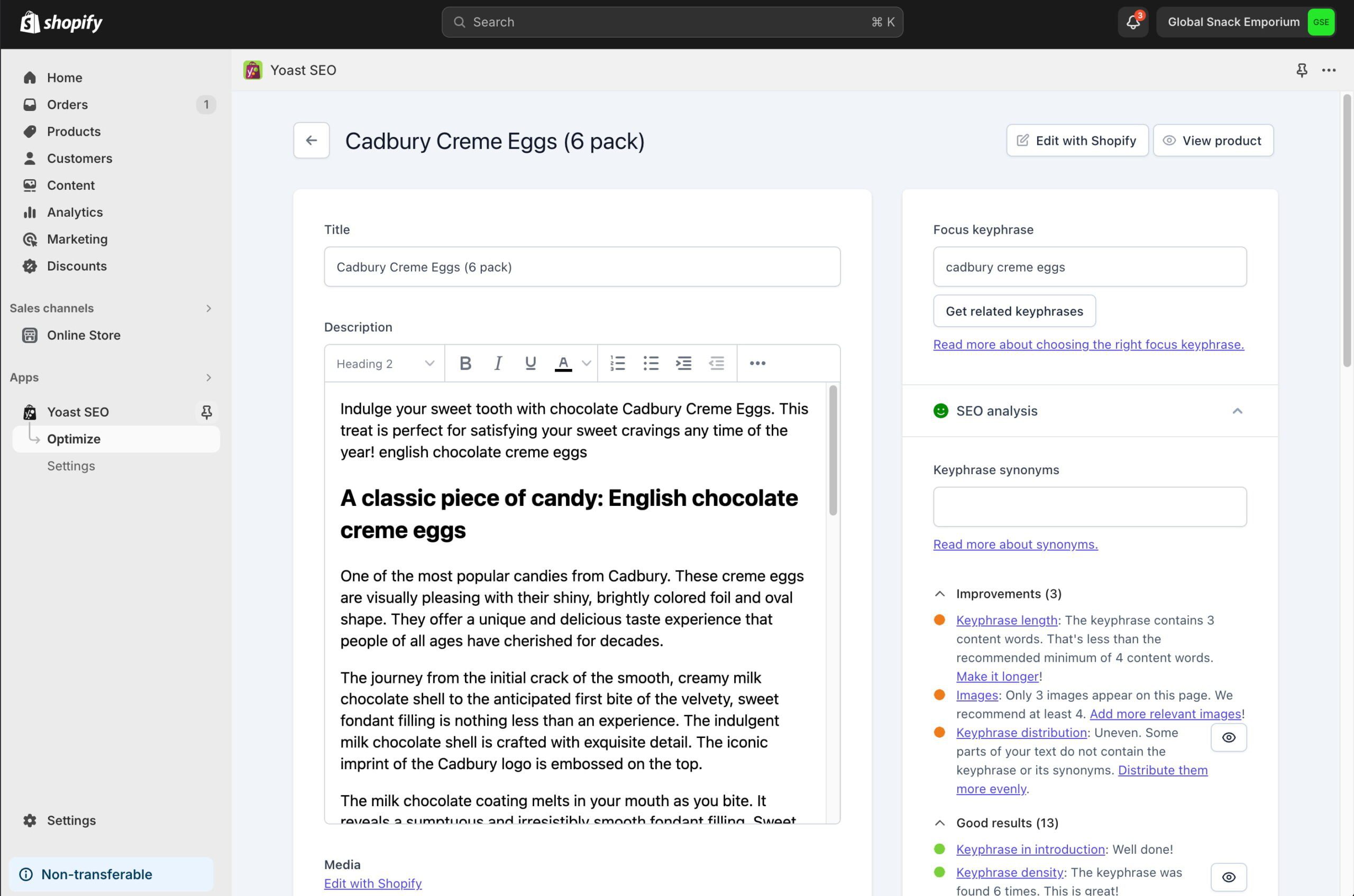


We understand content in 20 languages
Yoast SEO is the best app for understanding content written in your language and giving you direct feedback. Currently, it can do this in 20 different languages: English, Dutch, German, French, Russian, Italian, Spanish, Swedish, Portuguese, Polish, Arabic, Hebrew, Hungarian, Norwegian, Turkish, Czech, Japanese, Greek, Slovak and Indonesian. Remember that we can only provide an analysis of the language set for the theme.
There are a lot of SEO apps out there that are focused on the English language. Thanks to our team of linguists, we can offer feedback on your content in any of the languages above! With Yoast SEO, you have one SEO app that helps you write great content (in the language of your choice) and fixes a lot of the technical SEO for you.
See how content appears in search and social
Our search and social media appearance tools are essential to understanding how your products and content will appear on other platforms. They allow you to let your content shine and help it reach the audience you are looking for. The search appearance section previews how your content will look on Google, and the social media appearance section will do the same for platforms like Facebook or X.
Yoast SEO for Shopify has a bulk editor
The bulk editor feature in Yoast SEO for Shopify, currently in beta form, is useful for efficiently managing and optimizing the SEO of multiple pages. It lets you simultaneously update titles, meta descriptions, and more across multiple pages. This, of course, can save Shopify merchants time compared to manual, page-by-page edits.
Here are some of the items you can edit from the bulk editor using the provided CSV file:
- SEO titles
- Meta descriptions
- Focus keyphrases
- Related keyphrases
- Canonical URLs
- Robots meta tags
- Social media titles and descriptions
- Schema structured data page and article types
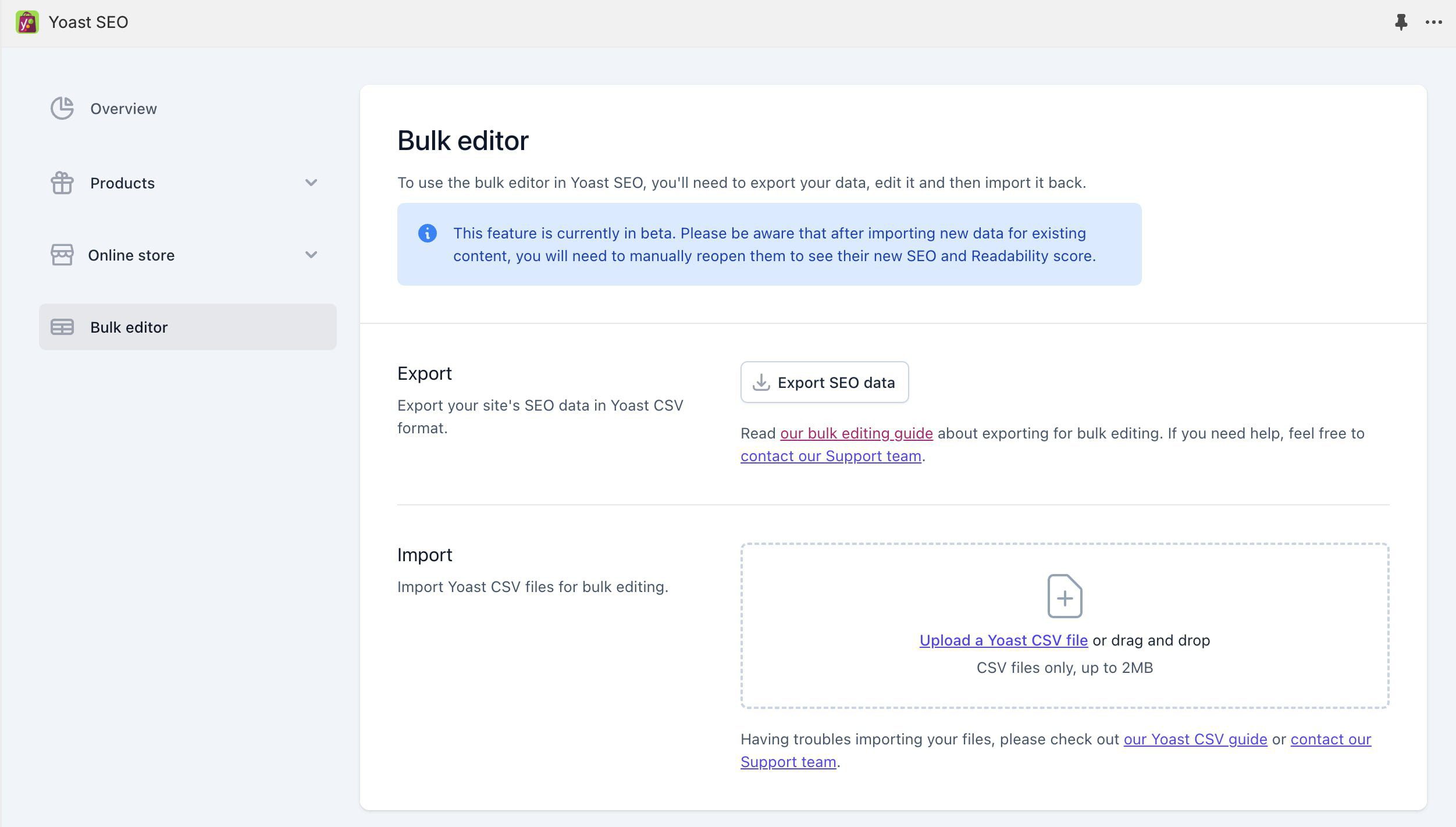


To conclude
There are many SEO apps available for your Shopify store. And it’s up to you which is best for your specific needs. We hope this article gives you more insight into our Shopify SEO app’s features and how it can help you climb those rankings! To read more about our app, visit our Yoast SEO for Shopify page.

